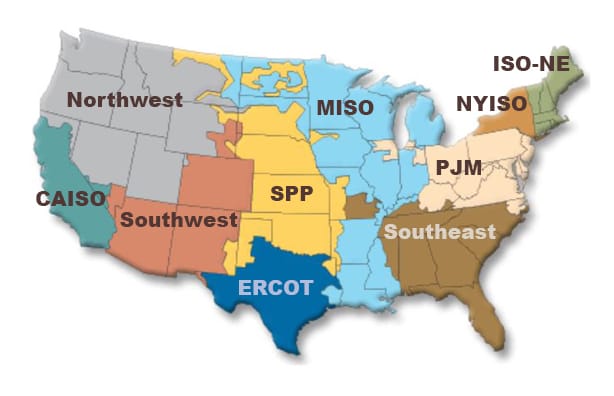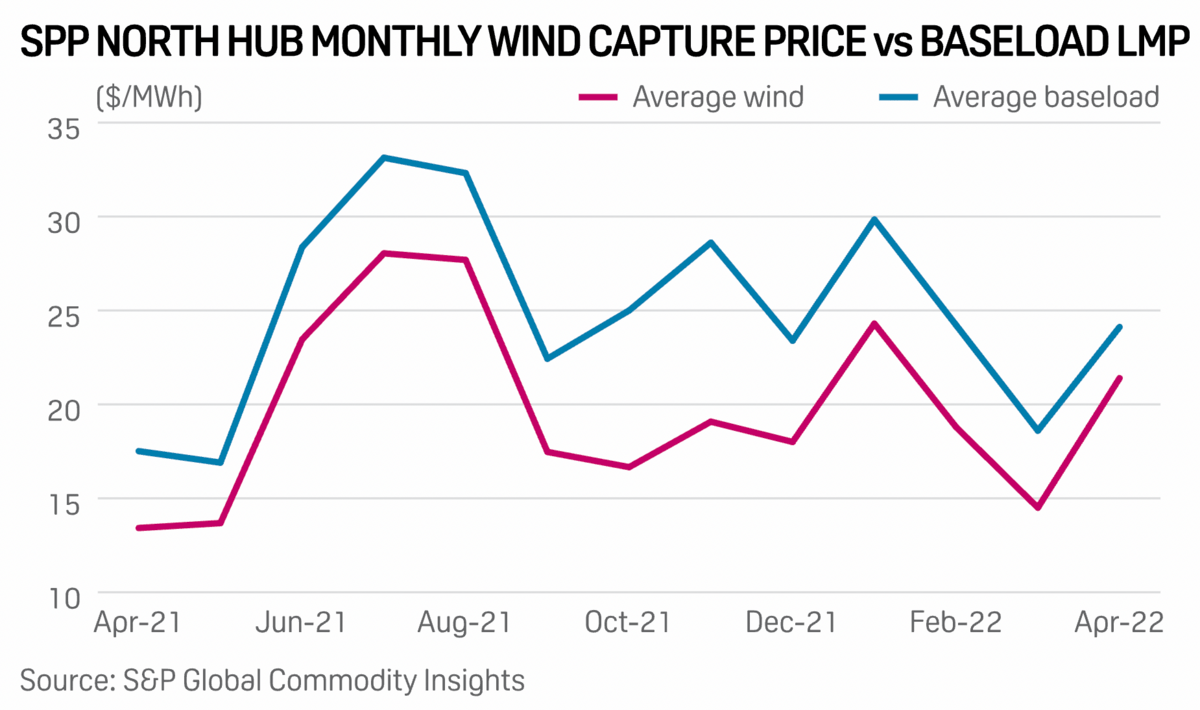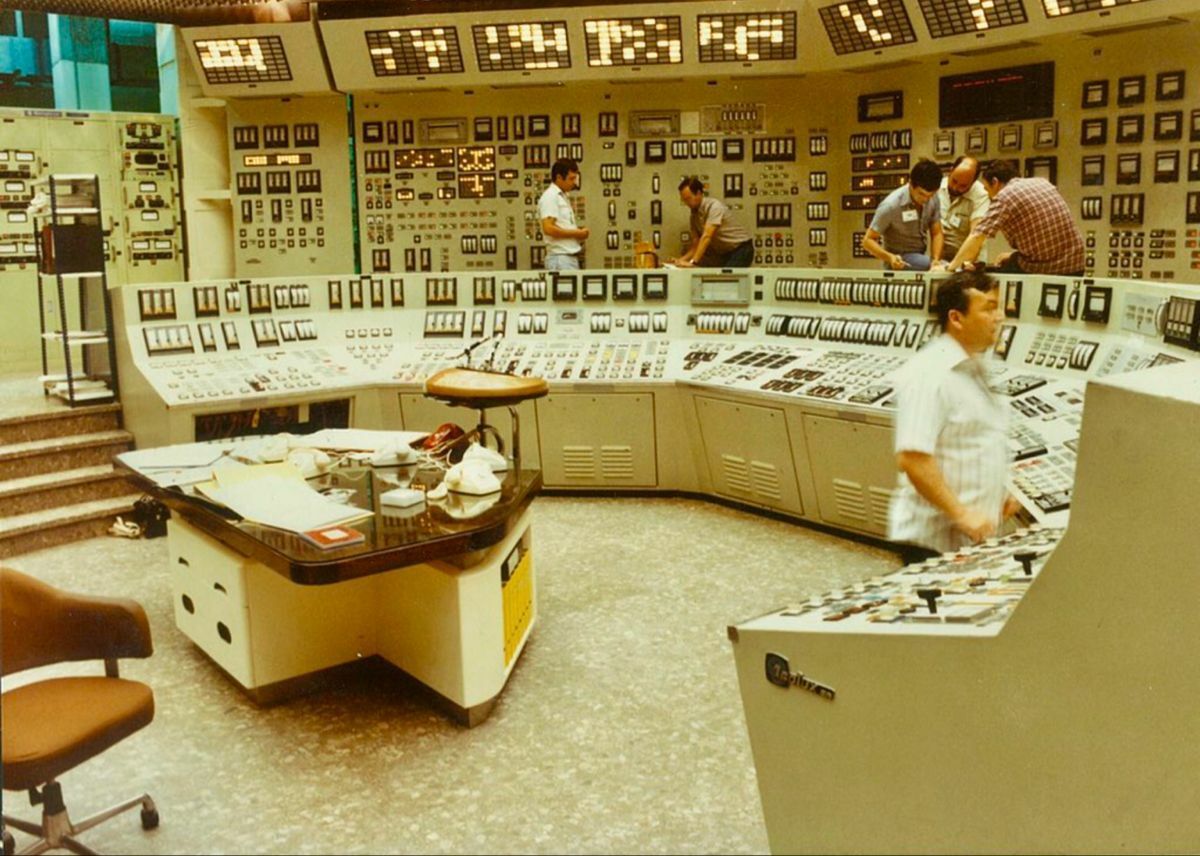Russia to Cut Gas to Poland and Bulgaria
Russia will cut the gas flows to Poland and Bulgaria at the end of the month and early May.
On Tuesday, Poland announced new sanctions on 50 Russian oligarchs and companies. Now Russia is saying the taps will be dry until Poland coughs up rubles. Poland has been getting "9 billion cubic meters annually, fulfilling some 45% of the country's need" through the Yamal pipeline according to Korea Times.

Poland's Climate Minister Anna Moskwa has said that the country is prepared to go without Russian gas. Moskwa said "that Polish gas storage facilities were currently 76% full, and that, as a result of investments made to cut Polish dependence on Russian gas, the country could “'feel safe.'"
"There will be no shortage of gas in Polish homes," Moskwa tweeted.
As for Bulgaria, the situation looks darker. Reuters reports, "Bulgaria imports over 90% of the gas it needs from Russia via Turk Stream pipeline under a 10-year contract that expires at the end of 2022." The Bulgarian energy minister claims that this power play from Moscow violates their initial contract.
"The new two-stage payment procedure proposed by Russia is not in line with the existing contract...and poses significant risks to Bulgaria, including making payments without receiving any gas supplies from the Russian side," the energy ministry said.
Unlike Poland, which while in a tight spot has decent reserves, Bulgaria has about 18% of its storage capacity. They're turning to Greece and Turkey for more gas, perhaps at a dear price.
Things appear likely to get much worse.
Southwestern Power Pool's Wind Turbulence
There's so much wind in the Southwestern Power Pool (labeled SPP in the map below) that they don't know what to do with it. According to SPG, "SPP's nameplate wind capacity reached 30,500 GW in 2021, up from 27,300 in 2020 and 22,500 in 2019, the MMU said in its draft State of the Market Report 2021."

"This large increase in installed wind capacity has increased competition for access to transmission lines, which in turn has led to a sharp increase in congestion, negative prices and curtailments," the market report said.
"Wind curtailments averaged 675 GWh in 2021, up from 130 GWh in 2019," reports SPG. In other words, they have so much wind they're just blocking it from coming on the grid. SPP has these curtailments to maintain some kind of reliability, often to keep transmission lines from overloading.
SPG reports that these curtailments have continued into this year. "April month-to-date wind on-peak curtailments in SPP saw a 213% increase to average 16,600 MW compared to last year at the same time. March curtailments also saw notable jumps, up 46% year on year to average over 10,700 MW."

Here's the rundown of some of the other effects this is having:
"The draft MMU report found that negative priced intervals in 2021 increased year over year by 70% in the day-ahead market and by 37% in the real-time market."
The congestion costs tallied over $1 billion, an increase from 2020's $450 million.
As for the make-whole payments, "which are out-of-market payments to resources when market prices are not sufficient," 2021 saw some alarming increases: "Without February, day-ahead make-whole payments totaled $75 million, up 41% from 2020, and real-time make whole payments totaled $116 million, up 128% from 2020, the draft report said. Including February, the day-ahead make-whole payments for 2021 totaled $978 million, and real-time make-whole payments totaled $354 million."
Gas plants made up about 63% of those make-whole payments.
White House Blocks Alaskan Drilling
The Biden administration has blocked the expansion of drilling in the National Petroleum Reserve in Alaska. This will limit the land available for drilling but a significant amount. The decision reinstates a 2013 plan for the National Petroleum reserve that foresaw drilling on 11.8 million acres instead of the entire 22.8 million acres.
The decision stems from regard for threatened and endangered wildlife, according to the Bureau of Land Management.
The plan was released in January and already ran afoul of some Alaskan politicians. “With zero analysis or consultation with Alaskans, the Biden administration has decided to upend the NPR-A’s current management plan to return to an outdated policy that is worse for our state’s economy, worse for our nation’s energy security, and contrary to federal law,” Senator Lisa Murkowski said in a statement at the time.
“The current management plan was carefully crafted to protect the reserve’s most sensitive areas and includes numerous safeguards for responsible development. Sweeping restrictions like this – which are being imposed even as the Biden administration implores OPEC+ to produce more oil – demonstrate everything that is wrong with its energy policies," she continued.
This kind of fight over Alaskan oil has been a theme since the seventies. The state finds itself host to a battle between the national need for energy, oil companies, and powerful environmental groups. If it hasn't been resolved in a half-century, it's unlikely to find closure any time soon.
Conversation Starters
Senator Joe Manchin is looking for Republican cooperation on a clean energy bill. He wants to find a way to release earmarked funds while keeping the deal out of budget reconciliation.
Biden reversed Trump and moved ahead with a ban on incandescent lightbulbs to curb emissions. More efficient lighting is increasingly affordable, though old-fashioned lightbulbs still make up about 30% of the market. The DOE estimates this will save consumers about $3 billion.
Investors at Citi, Wells Fargo, and Bank of America opted out of anti-fossil fuel investing proposals by staggering majorities irking green groups like the Sierra Club who regularly pressure banks to divest from the fossil fuel industry.
Word of the Day
Solar pond
n.
A body of water that contains brackish (highly saline) water that forms layers of differing salinity (stratifies) that absorb and trap solar energy. Solar ponds can be used to provide heat for industrial or agricultural processes, building heating and cooling, and to generate electricity.
Crom's Blessing
I believe this is the inside of a nuclear power plant.
If a reader knows which one, drop us a line!
